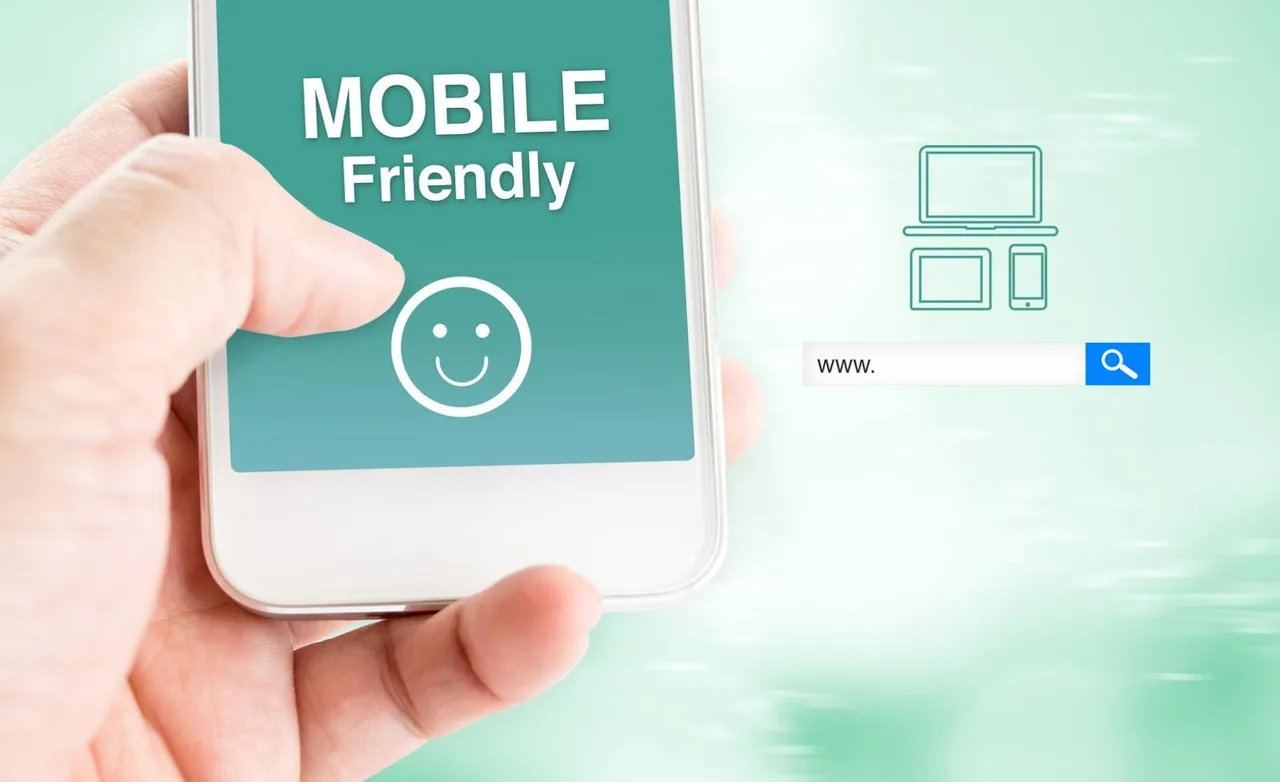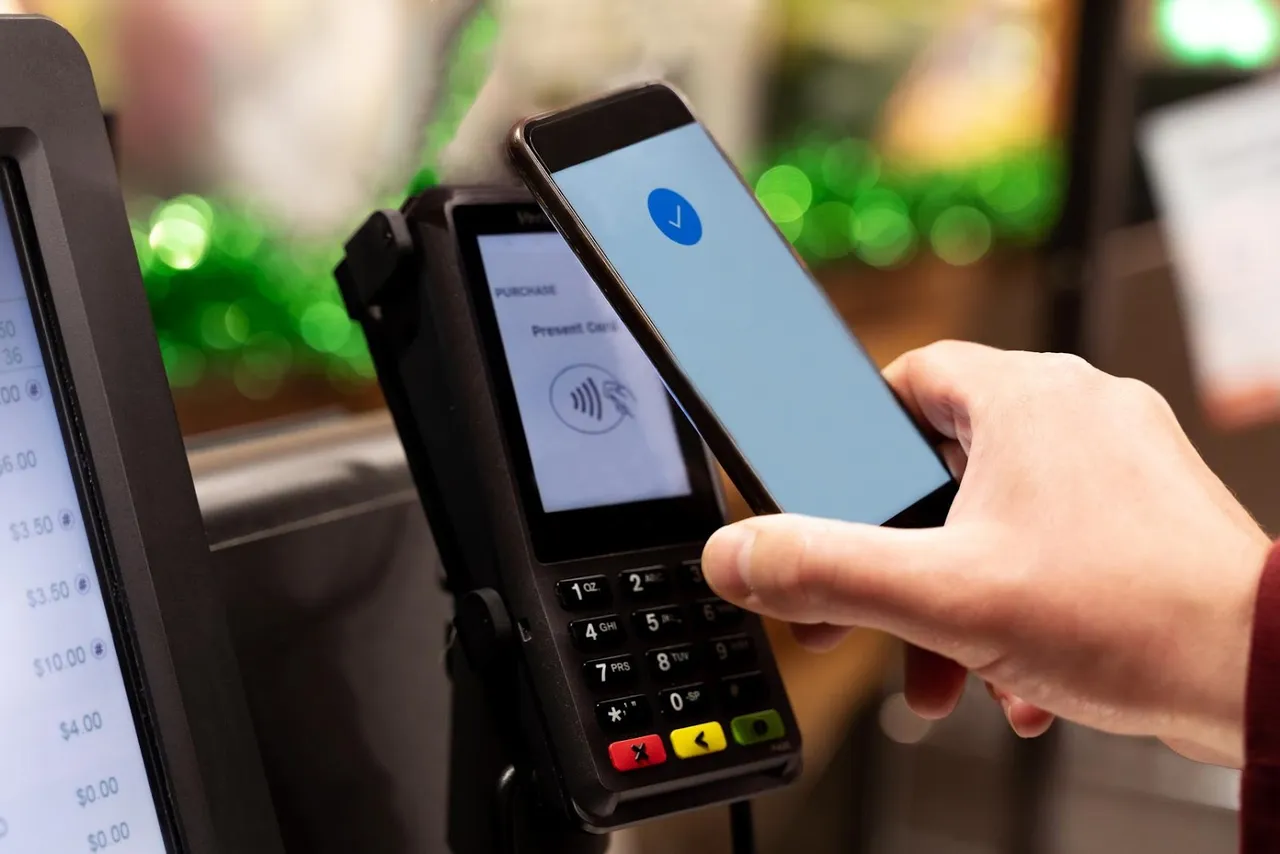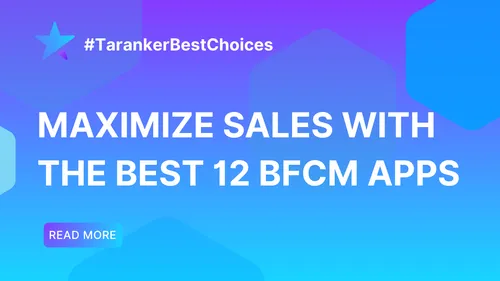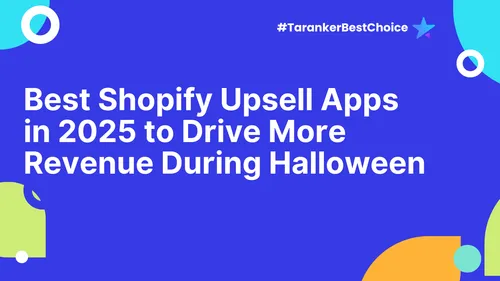In today's mobile-first world, if your Shopify store isn’t optimized for mobile, you’re missing out on a massive opportunity. Consider this: more than half of all web traffic comes from mobile devices, and search engines like Google now use mobile-first indexing, meaning they prioritize the mobile version of your website when determining rankings. This shift underscores the critical importance of optimizing your Shopify store for mobile SEO, not just to improve rankings but also to deliver a seamless shopping experience for your customers.
If you’re looking to unlock the potential of your mobile audience, here’s how you can optimize your Shopify store for mobile search.
1. Ensure Mobile-Friendly Design

The first step in optimizing your Shopify store for mobile is selecting a responsive theme. Shopify’s theme store offers many mobile-responsive themes, which ensure that your website adjusts seamlessly to any screen size, be it a smartphone or tablet. This creates a fluid, easy-to-navigate experience, which not only keeps visitors engaged but also pleases Google’s mobile-first indexing.
A responsive design ensures that every element—from text to images and navigation menus—scales appropriately. Imagine a customer struggling to zoom in to read product descriptions or press tiny buttons—frustrating, right? If your site doesn’t provide a smooth experience, customers will leave, increasing your bounce rate, which negatively affects your SEO rankings.
To make your product pages even more appealing to both mobile users and search engines, check out this guide on optimizing product pages for higher Google rankings. It provides actionable tips on crafting compelling product descriptions and structuring pages effectively for SEO success.
2. Optimize for Speed

In a world where customers expect instant gratification, site speed plays a huge role in SEO. Google has openly stated that page speed is a ranking factor, especially for mobile. Slow-loading websites frustrate users, leading to high bounce rates. In fact, studies show that 53% of mobile users abandon sites that take more than 3 seconds to load.
So, how can you improve your Shopify store’s mobile speed? Start by compressing images. Large, high-resolution images might look great, but they slow down your site. Use tools like TinyPNG or Shopify apps such as Image Optimizer to reduce image file sizes without sacrificing quality. Additionally, minimize unnecessary JavaScript or CSS files that can drag down your page load time.
Test your site’s mobile speed using tools like Google PageSpeed Insights to identify specific issues slowing down your mobile performance and get recommendations for improvements.You can also explore strategies to improve product listings, as outlined in this detailed guide on optimizing product listings for Shopify SEO. Effective listing optimization ensures a better user experience while boosting site speed and rankings.
3. Improve Mobile Navigation

Imagine visiting a store where you can’t find what you need. You’d leave, right? The same applies online, especially for mobile users who are navigating on smaller screens. If customers can’t easily move through your store, they’ll bounce—and your rankings will suffer.
To improve mobile navigation, simplify your menu. Shopify offers customizable navigation settings where you can create drop-down menus and sticky headers. A sticky header keeps your menu visible as customers scroll, allowing them to navigate without having to scroll all the way back up.
Additionally, avoid overloading your homepage. Keep your most important categories visible and accessible. For instance, instead of a long list of options, condense them into a few key categories that customers can easily tap through.
4. Use Accelerated Mobile Pages (AMP)

For Shopify stores looking for an extra boost in speed, consider implementing Accelerated Mobile Pages (AMP). AMP is a Google-backed project that ensures pages load almost instantly on mobile devices by using a stripped-down version of HTML. This lightning-fast experience can lead to higher rankings, better user engagement, and increased conversions.
Shopify doesn’t support AMP out of the box, but you can use apps like Shopify AMP or FireAMP to add this functionality to your store. AMP pages load significantly faster than standard mobile pages, which can make a huge difference, especially if you have a lot of traffic from mobile searches.
5. Focus on Mobile Keywords

User behavior on mobile is different from desktop, and the same goes for how they search. Mobile keyword research is essential for optimizing your Shopify store for mobile SEO. Tools like Google Keyword Planner can help you find mobile-specific long-tail keywords. Mobile users tend to use conversational searches and voice queries, so focus on natural, question-based phrases like "Where to buy organic skincare products" or "Best eco-friendly shoes."
Don’t overlook local SEO either. Many mobile users search for local businesses, so if you have a physical location or target a specific area, be sure to include geo-targeted keywords in your product descriptions and blogs.
6. Optimize Images for Mobile

While visuals are key for an engaging shopping experience, they can also bog down your site’s speed if not properly optimized. Ensure your images are in next-gen formats like WebP, which load faster on mobile devices without compromising quality.
Additionally, every image should include alt text—a description that allows search engines to understand the content of the image. This is especially important for image search SEO and accessibility, and it should naturally include keywords without stuffing.
7. Simplify Checkout

One of the most crucial parts of mobile optimization is ensuring that your checkout process is smooth and quick. Mobile users are more likely to abandon their carts if the checkout process is too complicated.
Shopify offers Shopify Payments, which integrates mobile-friendly payment options like Apple Pay, Google Pay, and Shop Pay. By enabling one-tap payment options, you reduce friction at checkout, which can lead to higher conversion rates and customer satisfaction.
Conclusion: Why Mobile SEO Matters for Shopify
In a mobile-first world, optimizing your Shopify store for mobile isn’t just an option—it’s a necessity. A mobile-optimized store provides a better user experience, reduces bounce rates, and helps you rank higher on Google. By focusing on mobile-friendly design, improving page speed, simplifying navigation, and optimizing for mobile-specific keywords, you can capture a growing mobile audience and drive conversions.
Don’t wait—start optimizing for mobile SEO today, and watch your Shopify store soar in search rankings while improving customer experience and revenue.













